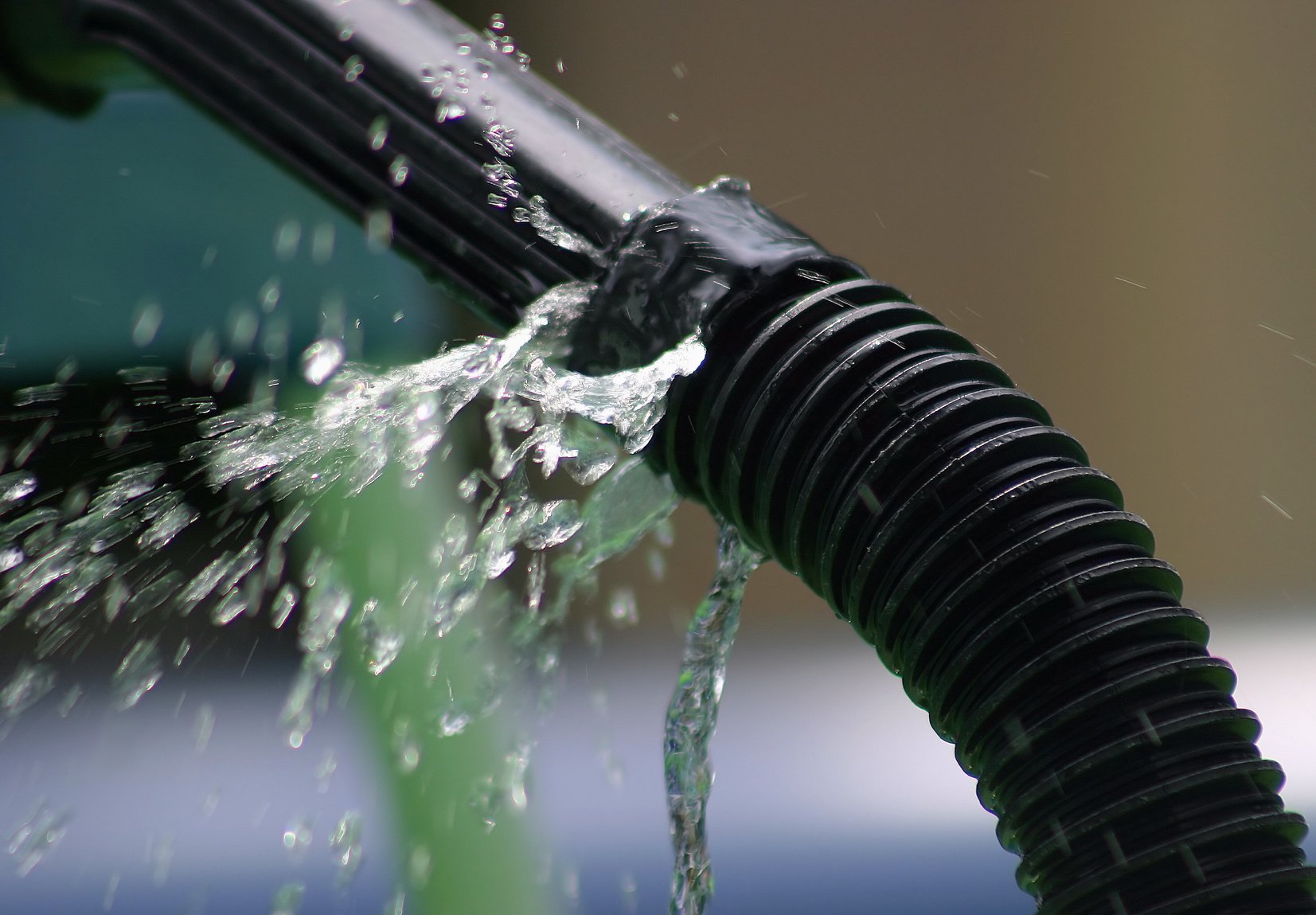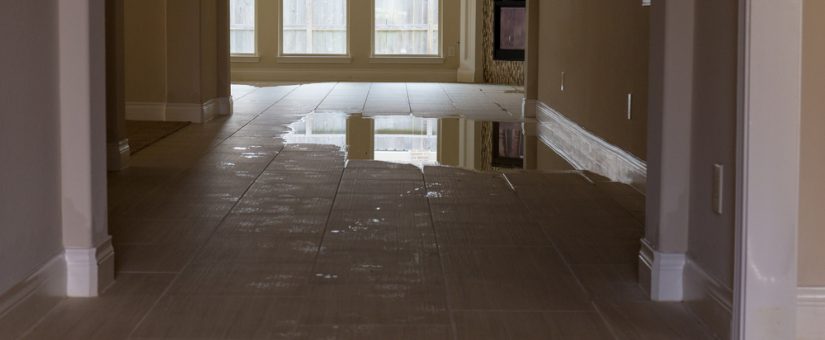Pinpoint Why Water Seepage in The Residence
Pinpoint Why Water Seepage in The Residence
Blog Article
Have you been searching for suggestions about How to detect water leaks in your home?

Leaks not only trigger waste of water however can likewise create unnecessary damage to your home as well as promote unwanted organic growth. By recognizing and also looking for everyday scenarios that trigger leakages, you can secure your house from future leakages and unnecessary damage.
Trespassing roots
Most water leaks begin outside the home rather than inside it. You might see damp patches or sinkholes in your backyard, and that might mean that tree origins are attacking water lines causing water to seep out.
Corroded water supply
This might be the reason of staining or bending on your water pipelines. If our plumbing system is old, consider changing the pipelines because they are at a greater risk of deterioration than the newer designs.
Faulty Pipeline Joints
Pipe joints can degrade over time, resulting in water leaks. If you have loud pipelines that make ticking or banging noises, particularly when the hot water is transformed on, your pipe joints are possibly under a great deal of stress.
Instant temperature adjustments.
Extreme temperature adjustments in our pipes can cause them to broaden as well as get all of a sudden. This expansion and contraction may trigger fractures in the pipes, specifically if the temperature level are below freezing.
Poor Water Connectors
At times, a leakage can be caused by loosened pipes and also pipelines that supply your home appliances. In instance of a water connections leak, you may see water running straight from the supply line or pools around your home appliances.
Clogged Drains
Blocked drains pipes may be frustrating as well as inconveniencing, however they can in some cases end up triggering an overflow resulting in break pipelines. Maintain getting rid of any materials that might drop your drains that might clog them to stay clear of such aggravations.
All the above are root causes of leakages but not all water leaks result from plumbing leakages; some leakages could originate from roof covering leakages. All leakages must be repaired right away to prevent water damage.
Leakages not just trigger waste of water but can additionally trigger unnecessary damages to your house and advertise undesirable organic development. By looking and also comprehending for everyday circumstances that cause leaks, you can protect your home from future leakages and unneeded damage. Today, we will look at six leak triggers that may be triggering your pipelines to leak.
At times, a leakage can be created by loosened hose pipes as well as pipes that provide your appliances. In situation of a water links leakage, you may discover water running straight from the supply line or pools around your appliances.
How To Check For Water Leak In Your Home
How To Check for Leaks
The average household's leaks can account for nearly 10,000 gallons of water wasted every year and ten percent of homes have leaks that waste 90 gallons or more per day. Common types of leaks found in the home are worn toilet flappers, dripping faucets, and other leaking valves. These types of leaks are often easy to fix, requiring only a few tools and hardware that can pay for themselves in water savings. Fixing easily corrected household water leaks can save homeowners about 10 percent on their water bills.
To check for leaks in your home, you first need to determine whether you're wasting water and then identify the source of the leak. Here are some tips for finding leaks:
Take a look at your water usage during a colder month, such as January or February. If a family of four exceeds 12,000 gallons per month, there are serious leaks.
Check your water meter before and after a two-hour period when no water is being used. If the meter changes at all, you probably have a leak.
Identify toilet leaks by placing a drop of food coloring in the toilet tank. If any color shows up in the bowl after 10 minutes, you have a leak. (Be sure to flush immediately after the experiment to avoid staining the tank.)
Examine faucet gaskets and pipe fittings for any water on the outside of the pipe to check for surface leaks.
Undetected water leaks can happen without the home or business owner even realizing. If you suspect a water leak, but not able to find the source. It is time to contact a professional water leak detection service, The Leak Doctor.
How To Find a Water Leak In Your Home
https://www.leakdoctor.com/blog/How-To-Check-For-Water-Leak-In-Your-Home_AE197.html

I have been very drawn to How to detect water leaks in your home and I'm hoping you enjoyed reading my page. Kindly take the time to promote this blog post if you enjoyed it. Many thanks for taking the time to read it.
This Resource Report this page